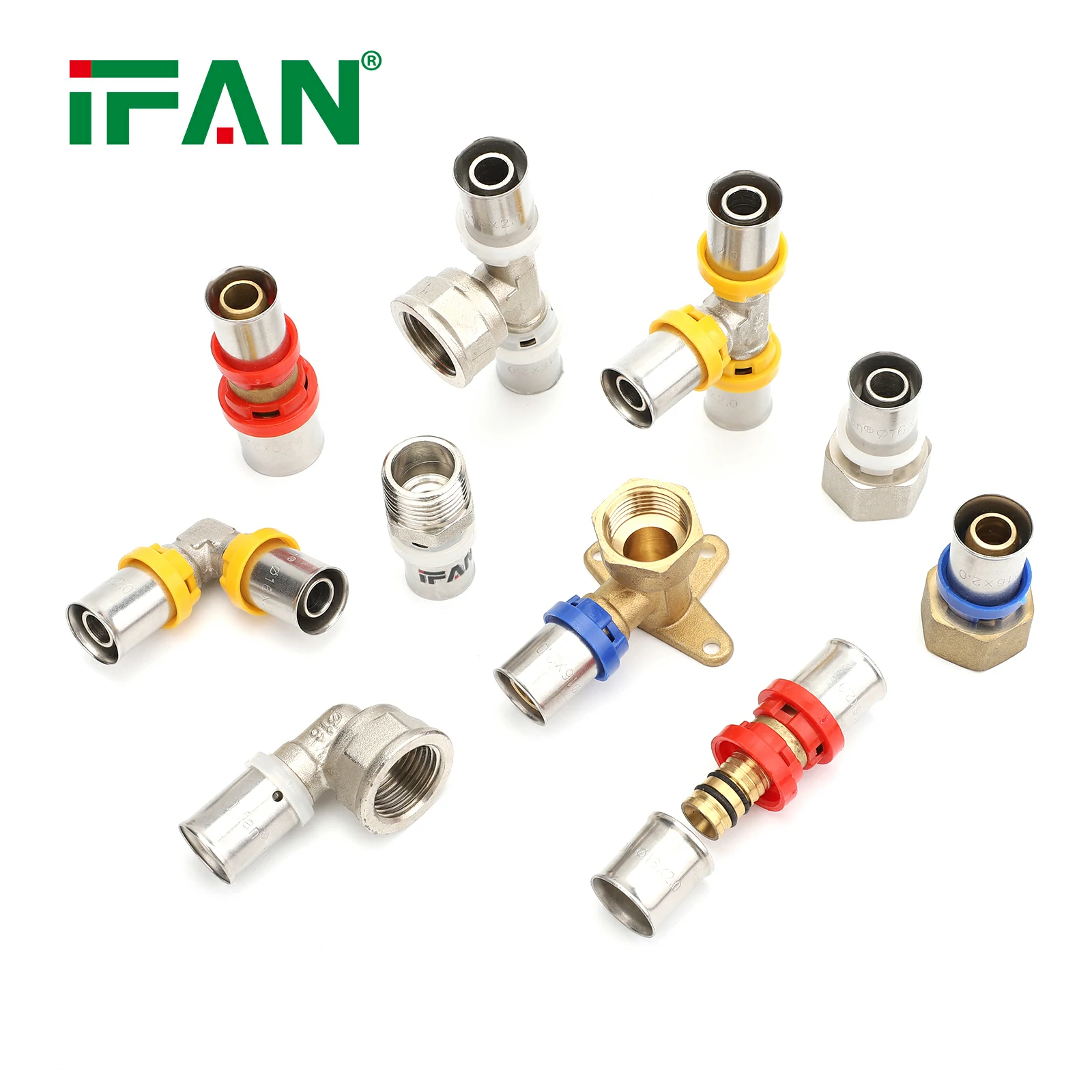The Many Uses of Brass Fittings in Plumbing
Introduction
Brass fittings are an essential component in plumbing systems, as they offer durability, versatility, and reliability. Their unique properties make them suitable for a wide range of applications. In this article, we will explore the many uses of brass fittings in plumbing.
- Water Distribution Systems
One of the primary uses of brass fittings in plumbing is in water distribution systems. These fittings are commonly used to connect pipes, valves, and fixtures. Brass fittings provide a secure and leak-resistant connection, ensuring the smooth flow of water throughout the system. Their corrosion resistance makes them ideal for both indoor and outdoor plumbing applications.

- Pipe Connections
Brass fittings play a crucial role in connecting pipes. Whether it’s joining two pipes or extending an existing one, brass fittings provide a reliable and tight seal. Their malleability allows for easy installation, making them a preferred choice for plumbers. Additionally, brass fittings can withstand high temperatures and pressures, making them suitable for various pipe materials and sizes.
- Fixture Installation
When it comes to installing fixtures such as faucets, showers, and toilets, brass fittings are often used. These fittings provide a secure connection between the fixture and the water supply lines. Brass fittings are also compatible with different types of pipes, including copper, PVC, and PEX, making them versatile for various plumbing installations.
- Gas Lines
In addition to water distribution systems, brass fittings are commonly used in gas lines. They are known for their excellent resistance to corrosion and high pressure, ensuring the safe and efficient transmission of gas. Brass fittings are specially designed to prevent gas leaks, making them a reliable choice for gas line connections.
- HVAC Systems
Brass fittings are extensively used in heating, ventilation, and air conditioning (HVAC) systems. They provide a secure connection between pipes and components, including radiators, boilers, and air conditioning units. Brass fittings’ ability to resist corrosion and withstand high temperatures ensures the efficient operation of HVAC systems.
- Industrial Applications
Brass fittings find wide applications in various industrial settings. They are commonly used in manufacturing plants, chemical processing facilities, and refineries. Brass fittings are preferred in these environments due to their resistance to corrosion, durability, and ability to handle high temperatures and pressures.
Conclusion
Brass fittings are indispensable in the plumbing industry due to their versatility and durability. They find numerous applications in water distribution systems, pipe connections, fixture installation, gas lines, HVAC systems, and industrial settings. Their ability to provide secure connections, resist corrosion, and withstand high temperatures and pressures makes brass fittings a reliable choice for plumbing professionals worldwide.







